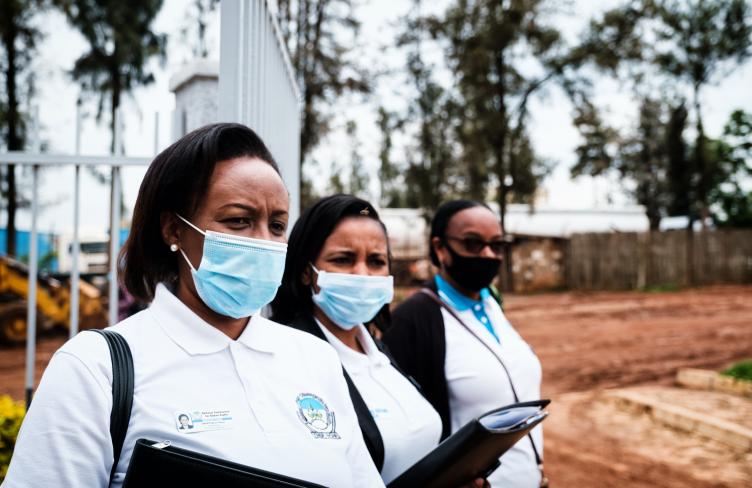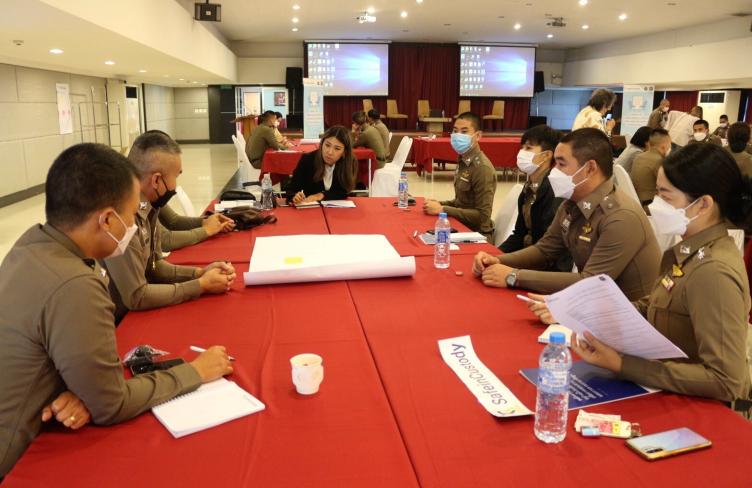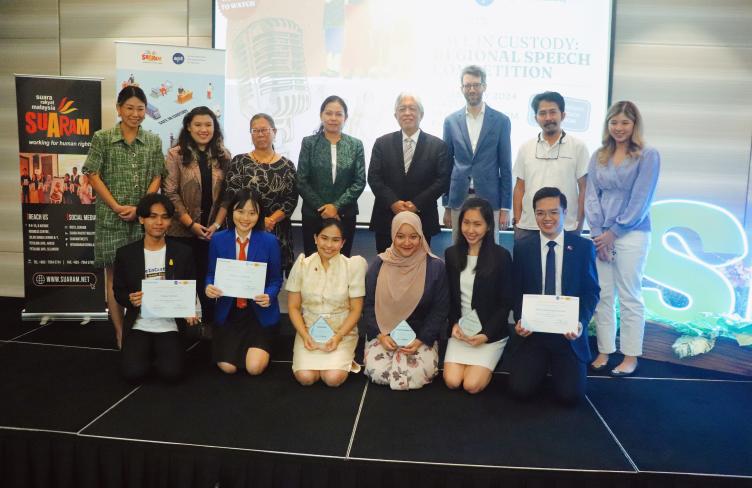
Today, on International Women’s Day, APT and Penal Reform International (PRI) publish an analytical paper, on how monitoring bodies can incorporate a gender perspective into their work.
"A promise is a promise: Time for action to end violence against women” is the theme chosen by the United Nations for International Women’s Day 2013. Violence against women constitutes one of the most pervasive, most widespread, and at the same time most ignored human rights violations. It is both rooted in and perpetuates gender inequality.
Places of detention are no different from society at large. Power imbalances and social and cultural attitudes in society are reflected and even intensified in detention. Women in prison are disproportionately likely to have a history of domestic or sexual abuse. When detained, they find themselves at an even higher risk of falling victim to violence, torture and ill-treatment. Their gender specific needs are recognised to an even lesser extent than in the society ‘outside’.
More than 625,000 women and girls are held in penal institutions around the world. They are in a situation of increased vulnerability to mental and physical abuse during arrest and interrogation by the police and in prison. For many women, custody means threats of rape, touching, being stripped naked, invasive body searches and “virginity testing”, insults and humiliations of a sexual nature or even rape. The dependency of prisoners upon prison staff leads to increased vulnerability to sexual exploitation, driving women to trade sex for favours.
Women constitute a small proportion of the prison population as a whole. The specific needs and characteristics of women and girls in detention have therefore remained unacknowledged and unaddressed. Prisons are almost invariably designed for a male prison population – from the architecture to security procedures and facilities for healthcare, family contact, work and training. Few prisons meet the specific needs of women detainees, even though it has been recognised that the lack of attention to women’s specific needs can constitute cruel, inhuman or degrading treatment.
More than pre- and post-natal care
It has taken decades for prison standards to acknowledge that there is more to gender specific needs than pre- and post-natal care. The gap was only filled in December 2010 when the UN General Assembly adopted a set of rules which finally addressed the specific needs and characteristics of women and girls in the criminal justice system: the UN Rules for the Treatment of Women Prisoners and Non-custodial Measures for Women Offenders, referred to as the Bangkok Rules.
Detention monitoring bodies, established to prevent torture and ill-treatment, can play a crucial role in strengthening the protection of the rights of women and girls in detention. A first step is to be aware of and to identify risk factors, taking into account the particular vulnerability of women to torture and ill-treatment.
“Women in Detention” is a joint publication by the APT and Penal Reform International (PRI). This paper, aimed at National Preventive Mechanisms and other detention monitoring bodies, introduces the Bangkok Rules and other relevant sources of international law and provides guidance for assessing risk factors and making recommendations to improve the protection of women in detention. This is the first in a series of three thematic papers covering aspects of detention monitoring which have so far been under-researched and received little emphasis.
Andrea Huber, former Policy Director at Penal Reform International (2011-2017), now Deputy Chief, Rule of Law Unit at OSCE Office for Democratic Institutions and Human Rights (ODIHR)
Audrey Olivier Muralt, former OPCAT Programme Officer at the APT, now Director of APT's Regional Office for Latin America


